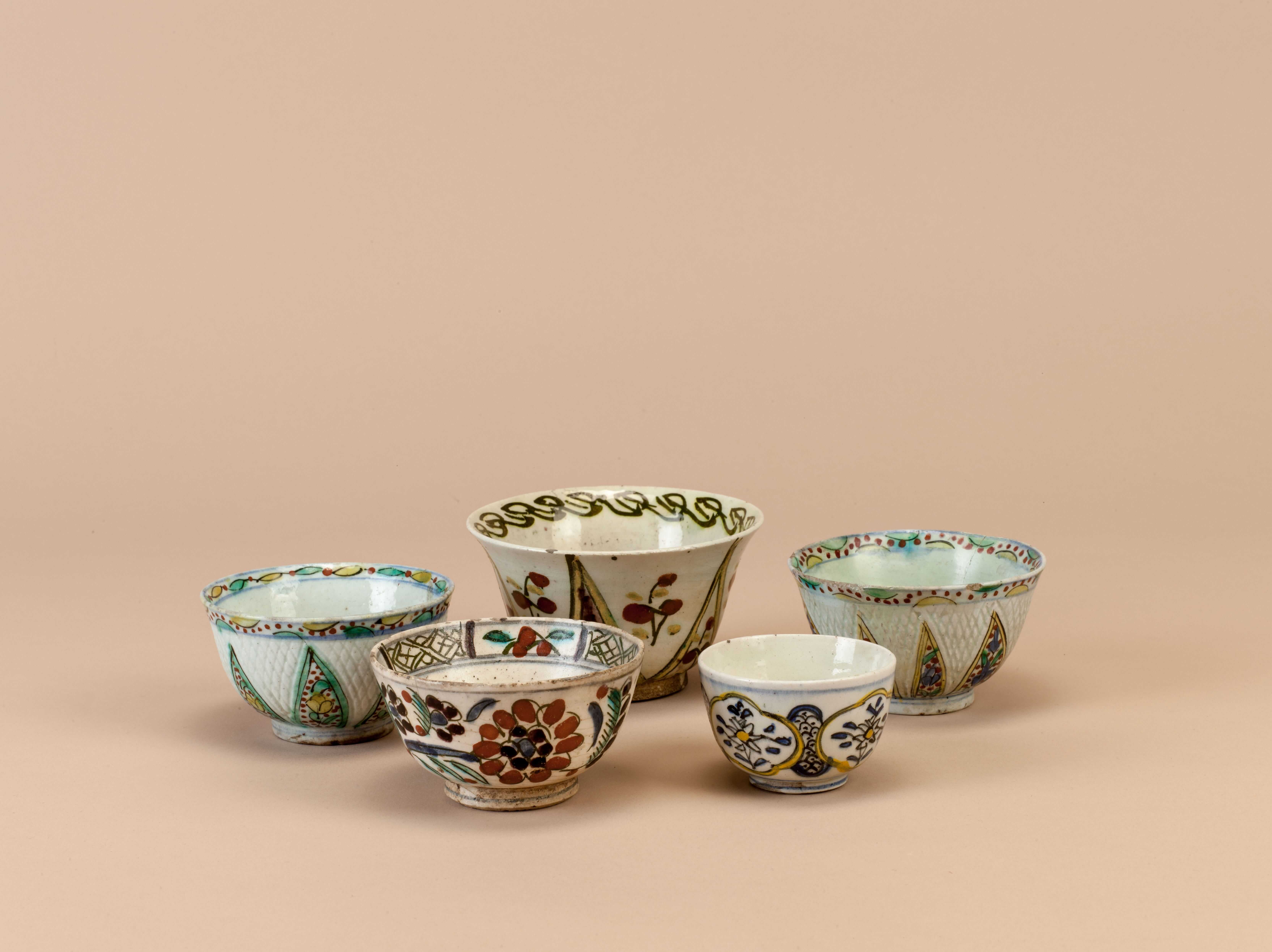Director: Ingmar Bergman
Cast: Josef Köstlinger, Irma Urrila, Håkan Hagegård, Ulrik Cold
Sweden, 1975, 135', color
Swedish with Turkish subtitles
This scintillating screen version of Mozart’s beloved opera shows Bergman’s deep knowledge of music and his gift for expressing it in filmic terms. Casting some of Europe’s finest soloists—among them Josef Köstlinger, Ulrik Cold, and Håkan Hagegård—the director lovingly recreated the baroque theater of the Drottningholm Palace in Stockholm to stage the story of the prince Tamino and his zestful sidekick Papageno, who seek to save a beautiful princess from the clutches of evil. A celebration of love, forgiveness, and the brotherhood of man, The Magic Flute is considered by many to be the most exquisite opera film ever made.
Trailer

The New Year is more than just a date change on the calendar. It often marks a turning point where the weight of past experiences is felt or the uncertainty of the future is faced. This season, Pera Film highlights films that delve into themes of hope, regret, nostalgia, and new beginnings.

Coffee was served with much splendor at the harems of the Ottoman palace and mansions. First, sweets (usually jam) was served on silverware, followed by coffee serving. The coffee jug would be placed in a sitil (brazier), which had three chains on its sides for carrying, had cinders in the middle, and was made of tombac, silver or brass. The sitil had a satin or silk cover embroidered with silver thread, tinsel, sequin or even pearls and diamonds.
Tuesday - Saturday 10:00 - 19:00
Friday 10:00 - 22:00
Sunday 12:00 - 18:00
The museum is closed on Mondays.
On Wednesdays, the students can
visit the museum free of admission.
Full ticket: 300 TL
Discounted: 150 TL
Groups: 200 TL (minimum 10 people)